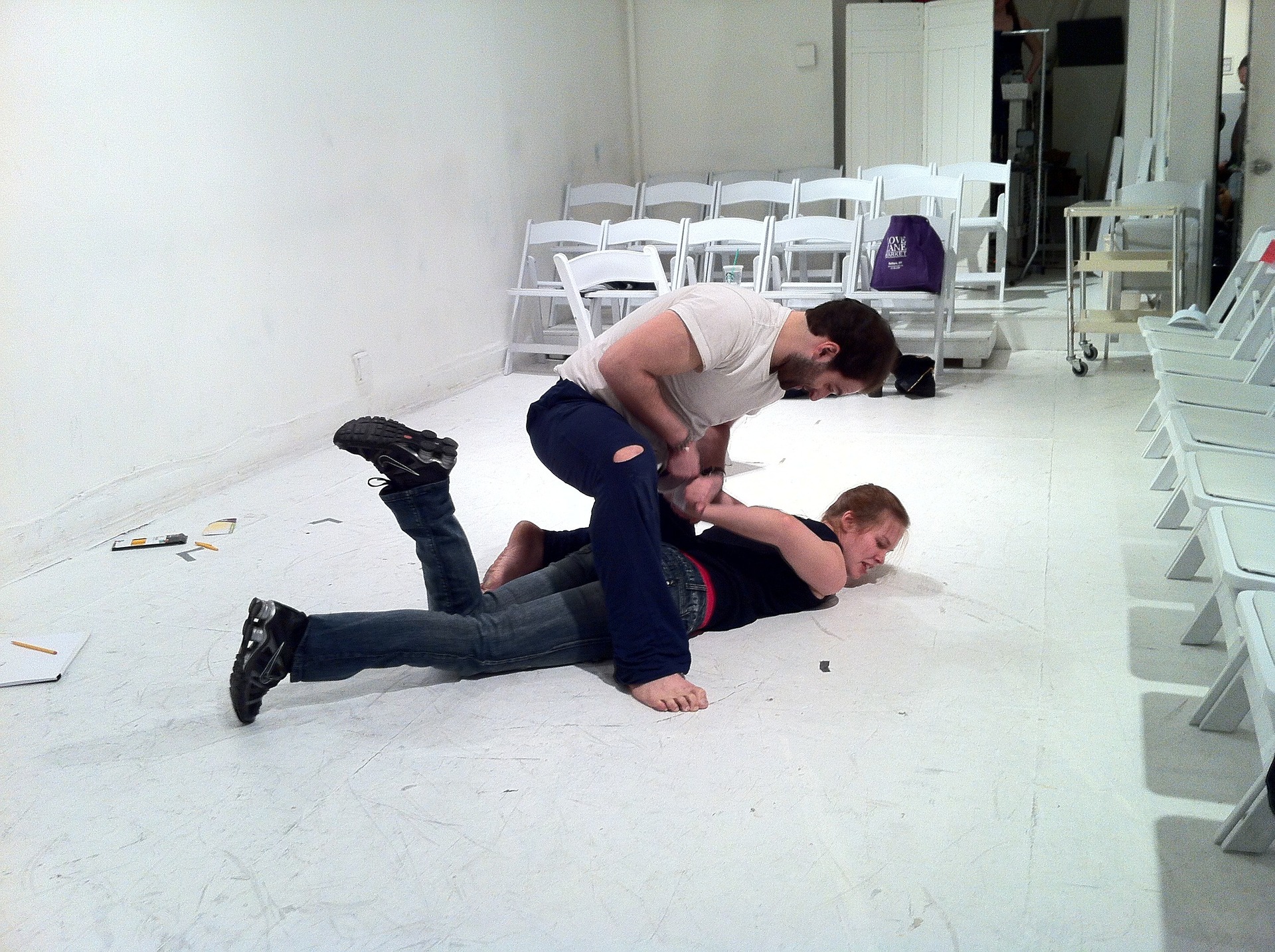There is a vital element to the effectiveness of Kempo techniques. Wait for the last possible moment (LPM) and maximum committal of the enemy to begin your counterattack. Once they fully commit to the attack, they’ll be unable to adjust to (or counter) your counterattack.
LPM provides time to build a better defense. The distance between the instantiation of the attack and the LPM forces the enemy to “show their hand”. Once they attack, that attack has inherent weaknesses, which is exploitable for the counterattack.
But how do I apply this to a fight? You must have composure under pressure; the confidence to stand your ground while someone is aggressively attacking you. Of course, you don’t play target forever. You must have the ability to know when is the right time to move. This proficiency comes through practice.
How to Practice
The best way to practice this concept is with Kempo’s defense techniques. Whichever defense you want to practice or need to practice, begin in a relaxed posture. Be sure the uke (your striking partner) is out of range, forcing him to close the distance to make contact. Allow the uke to initiate the attack with any strike they wish. Wait until you must begin the counter, that point when they cross the setpoint, which is coming into your effective striking range.
When you first start this type of practice, remember to start slowly. You need to ingrain the proper form before you allow speed to be a factor. Repeat the same attack three or four times to build a comfort level with that attack. Alternate sides and partners, so each side and each person develops equally.

Telegraphing and Clock-faces
You want to exploit the over-commitment of the attacker, allowing him to telegraph their intentions. Additionally, you want to reduce your commitment time and hide your hostile intentions. The LPM is one of the devices Kempo players use to maximize their martial results. Of course, once you engage the enemy, you don’t surrender or relent until they are no longer a threat.
There are several essential elements of LPM that need explanation. This last-minute movement is called “slip” in kickboxing. The concept also requires that you understand the use of angles to attack and defend. Though we often use the compass directions to talk about general orientation and movements, you can also use the clock metaphor. Using the clock analogy, you add an extra position between the cardinal directions. Instead of the northeast, you’ll have 1:00 and 2:00.
When you move your body to these positions of the clock face, you can dramatically alter your opponent’s available responses. You force them into a limited set of options from which they can attack. Kempo is known for its responses to predictable body movements after hits and checks. The same idea appears in LPM. Once the body is in motion, there is a predictable path the strike can travel. Our job as an outstanding Kempo fighter is to defend the area not attacked, slip the strike, and launch a debilitating counter.
Try it out with your training partner. If you have questions, contact your Chief Instructor. As always, train hard, train often, and train with intent.



